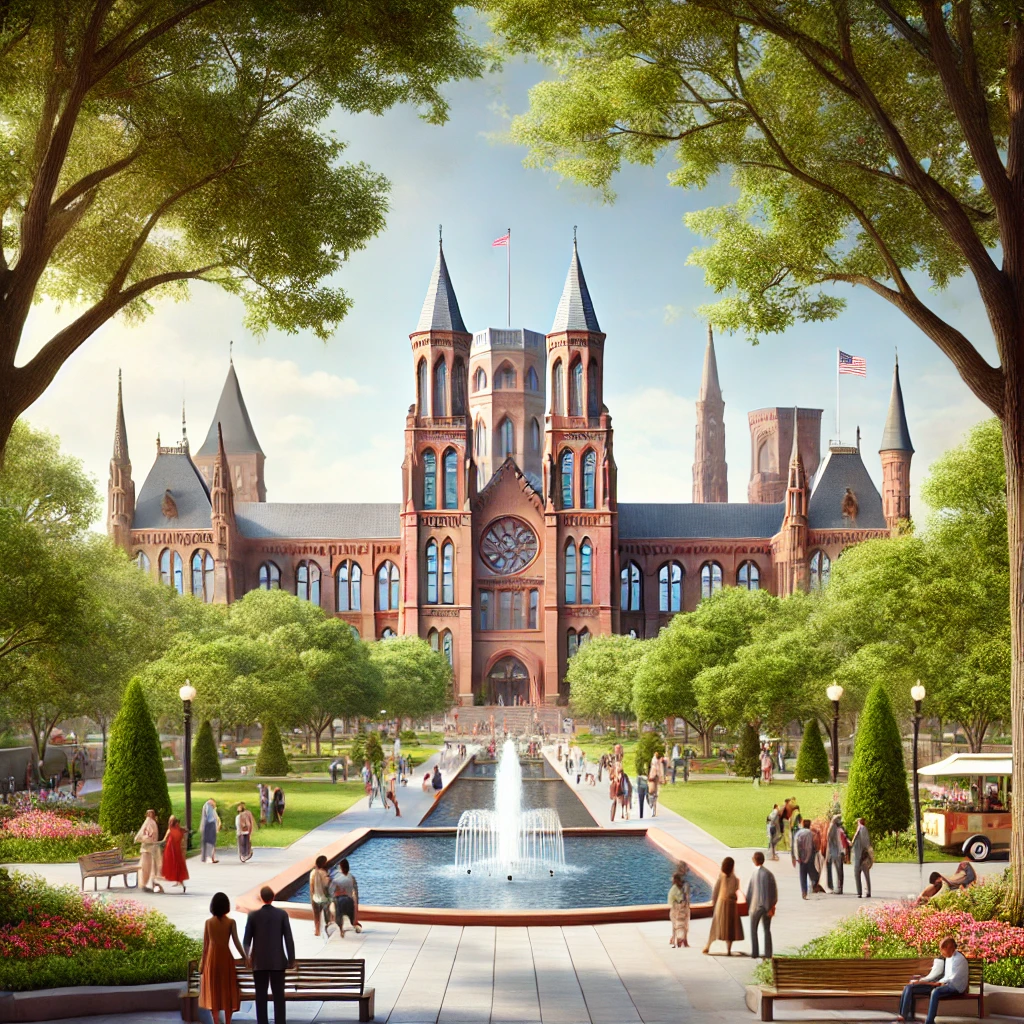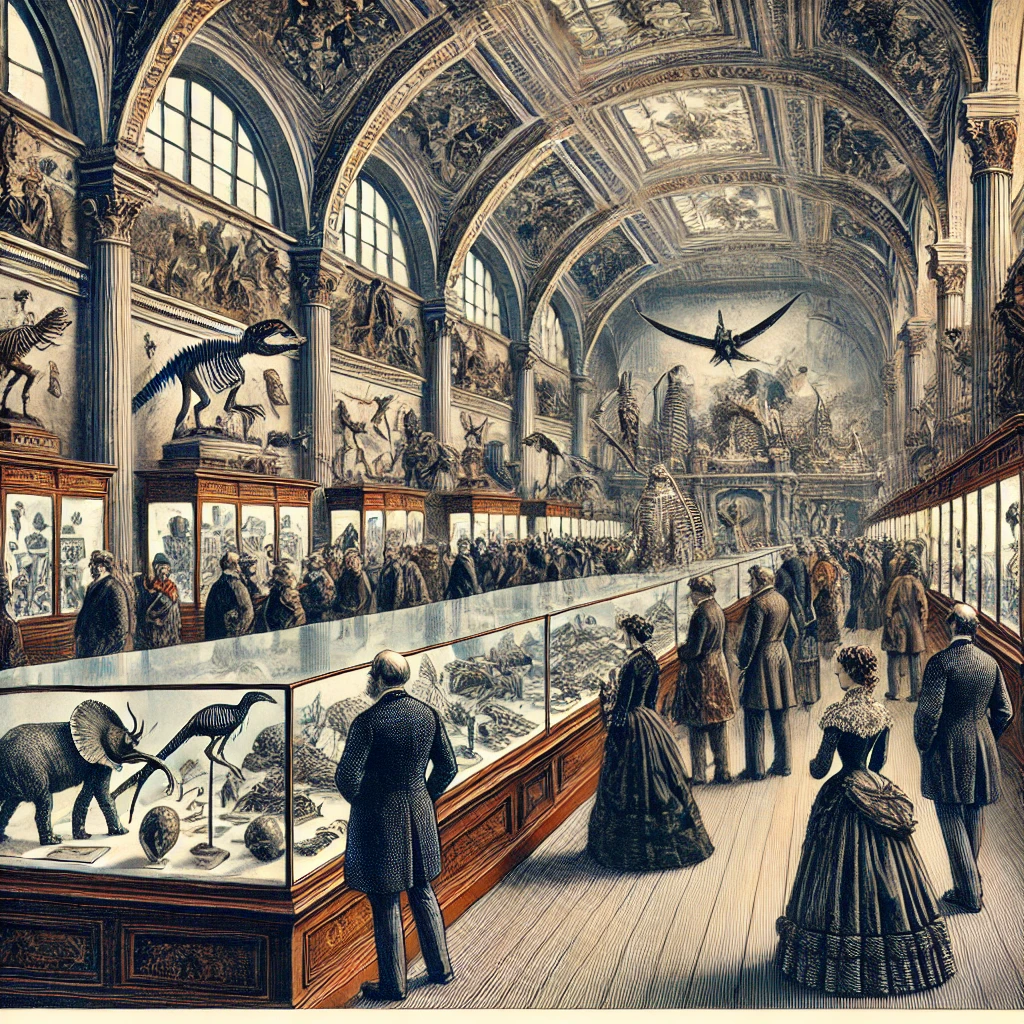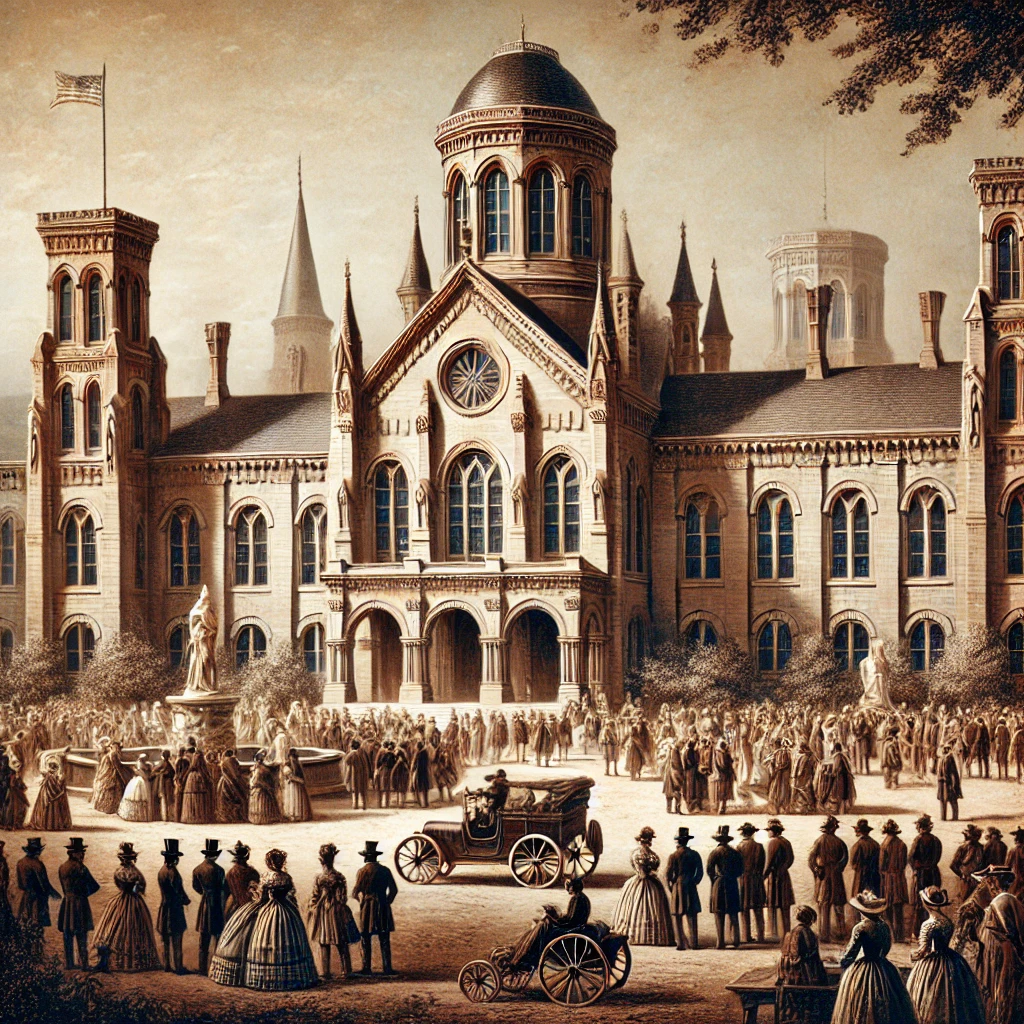On August 10, 1846, the Smithsonian Institution was established by an act of the United States Congress. The creation of this esteemed institution was made possible by the bequest of James Smithson, a British scientist who left his fortune to the United States for the purpose of founding an establishment dedicated to the increase and diffusion of knowledge. Smithson’s generous gift amounted to approximately $500,000, a substantial sum at the time, and laid the foundation for what would become a major cultural and scientific institution.
The act of Congress that created the Smithsonian Institution outlined its mission as a trust to support the advancement of knowledge through research and education. The Smithsonian Institution was established to foster scientific research, promote education, and maintain a diverse range of museums and research centers. The institution’s creation was a reflection of the growing interest in science and education in the United States during the 19th century.

Early Developments and Expansions
Following its establishment, the Smithsonian Institution quickly began to take shape, with the construction of its first building, the Smithsonian Castle, starting in 1847. The Castle, designed by architect James Renwick Jr., served as the institution’s headquarters and symbolized its commitment to knowledge and research. The building was completed in 1855 and remains an iconic landmark in Washington, D.C.
In the early years, the Smithsonian Institution focused on expanding its collections and establishing research programs. The institution began acquiring artifacts, specimens, and documents to support its mission of scientific inquiry and public education. Over time, the Smithsonian expanded its reach, adding new museums, research centers, and educational programs that would contribute to its reputation as a leading cultural and scientific organization.

The Smithsonian’s Legacy and Global Influence
Today, the Smithsonian Institution is a globally recognized leader in research, education, and cultural preservation. With 19 museums, 21 research centers, and a vast collection of artifacts and specimens, the Smithsonian has become one of the world’s largest and most diverse cultural and scientific organizations. Its museums and research facilities cover a wide range of subjects, including art, history, science, and technology, serving millions of visitors each year.
The Smithsonian Institution’s impact extends beyond its physical institutions. It plays a significant role in advancing scientific research, preserving cultural heritage, and promoting public understanding of a variety of topics. The institution’s commitment to education and research reflects James Smithson’s original vision, and its legacy continues to influence the fields of science, education, and museum studies around the world.

The creation of the Smithsonian Institution on August 10, 1846, marked a significant moment in the advancement of science and education in the United States. From its humble beginnings as a bequest from James Smithson, the institution has grown into a leading global center for research and cultural preservation. The Smithsonian’s ongoing dedication to its mission of increasing and diffusing knowledge reflects its enduring legacy and impact on the world.
